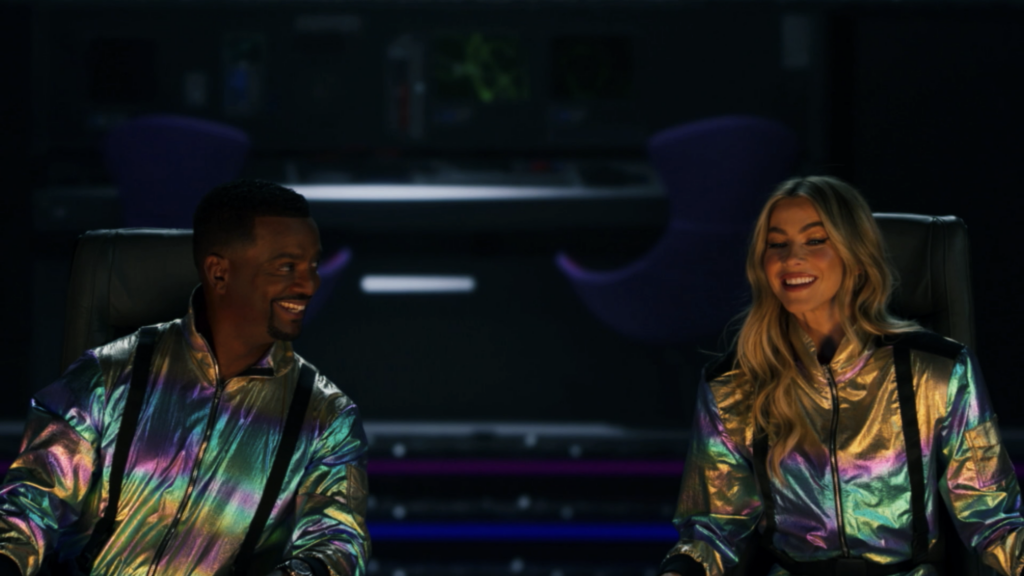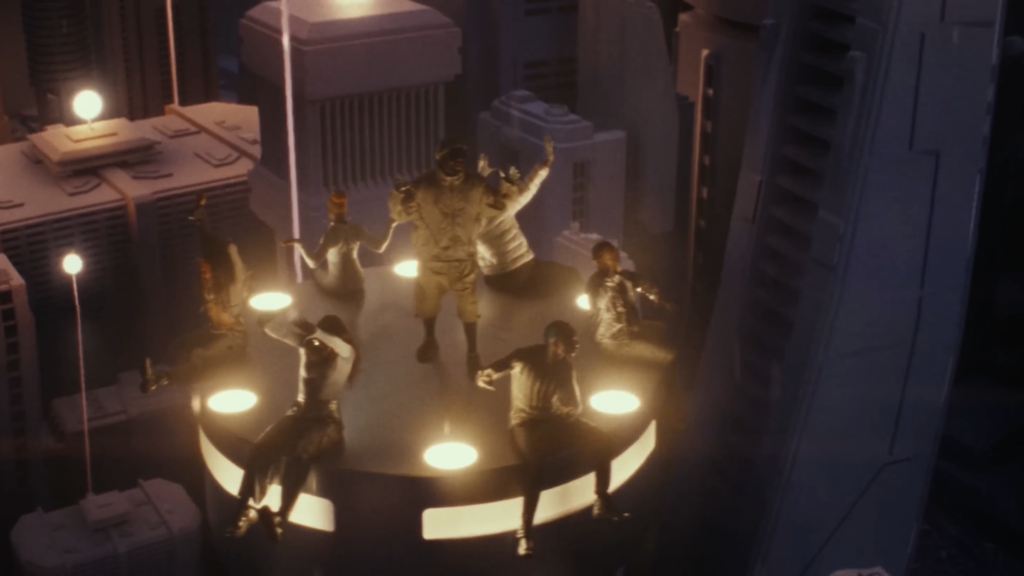J.T. Rooney Takes Virtual Productions to the Next Level With Kino Flo’s MIMIK 120
Full-Spectrum, Image-Based Video Lighting Tile Delivers Unprecedented Realism for Renowned Virtual Production Producer

BURBANK, Calif. — March 8, 2024 — Kino Flo Lighting Systems is proud to share that its MIMIK 120 full-spectrum, image-based video lighting tile has been chosen by creative producer and virtual production specialist J.T. Rooney, a well-known pioneer in immersive technology for entertainment. Working in conjunction with wild walls — LED side panels used to create effects such as reflections — Rooney and his creative team utilize multiple MIMIKs to light talent and foreground subjects with full-spectrum color.
Optimized for virtual production environments, the MIMIK 120 mirrors video content, delivering extended spectral bandwidth and cinematic color fidelity when lighting talent and set elements. The patented Kino Flo Matchmakker algorithm converts the incoming RGB video wall signal into four or more individual emitters generating synchronized foreground lighting that delivers the utmost realism on virtual sets.
“As more and more productions utilize LED walls to light talent and other subjects in the foreground, there has been a growing need for a solution to work hand in hand with wild walls to add full-spectrum white light and deliver a more realistic look,” explained Rooney. “Furthermore, it can be difficult to achieve natural skin tones with wild walls alone, and their price tag can make them cost-prohibitive to use only for reflections. The MIMIK 120 was created as a complementary solution to LED volumes and walls that meets all of these needs. My teams have used the MIMIK on many industry-acclaimed projects, such as music videos for will.i.am and J Balvin’s ‘Let’s Go,’ and ABC/Disney’s Dancing With The Stars Season 32 open. In addition, it’s unique in its ability to genlock to the volume, which is important when synchronizing lighting effects with the volume image on the camera.”

Controlled by the Megapixel VR Helios LED processor, the MIMIK 120 integrates seamlessly with LED volumes in a Megapixel infrastructure, making it simple for gaffers, DPs, and lighting directors to use. In addition, the versatile tile offers optional control from a lighting desk, providing workflow flexibility. With their lightweight carbon fiber frame, MIMIK 120s can be used in a number of configurations — individually, stacked like a video wall, flown as a ceiling, or put on traditional lighting rigs. And with their high brightness of 10,000 nits, the tiles are also an efficient solution, especially when stacked together — allowing Rooney to do more with fewer units.
Virtual production stages worldwide are known for embracing the very latest in immersive technology for entertainment,” said Frieder Hochheim, president of Kino Flo. “So, it’s an honor to have our MIMIK 120 being utilized by technology professionals like Rooney — who are on the leading edge of virtual production — to create unique and color-accurate images. This close collaboration is exactly what inspires Kino Flo to continuously innovate and provide the best possible lighting solutions.”
“Since I began using the MIMIK 120, there hasn’t been a project in which I haven’t utilized Kino Flo’s lighting tile,” added Rooney. “And not only have my clients been blown away by the realism they deliver, but crew members find them very easy to use, while talent reports that they improve their experience filming takes. They play a key role in delivering the best possible end product for some of the biggest brands in the world.”
Rooney has also utilized the MIMIKs to provide lighting for the opening for Dancing With the Stars’ Premier Night; commercials for ESPN’s NBA Primetime and the BMW i5; and many many more projects.


